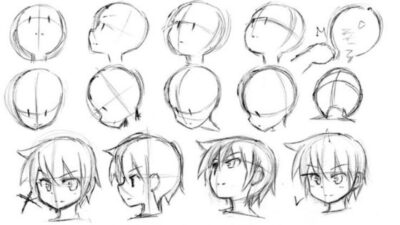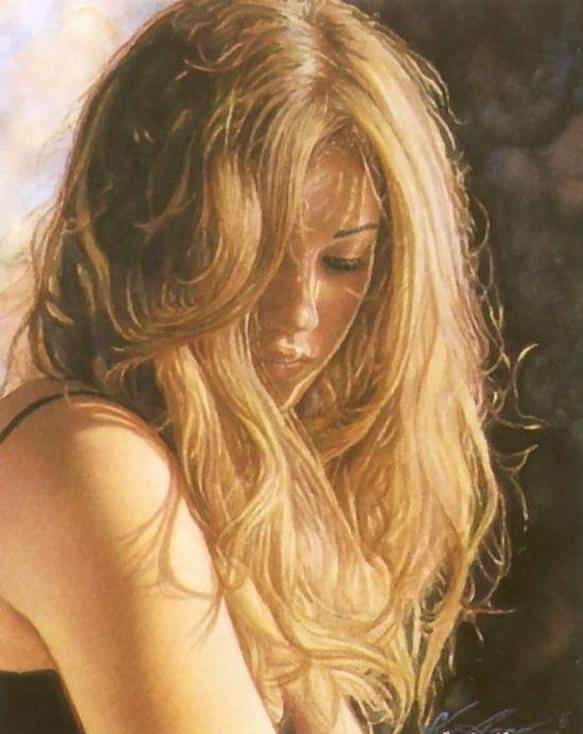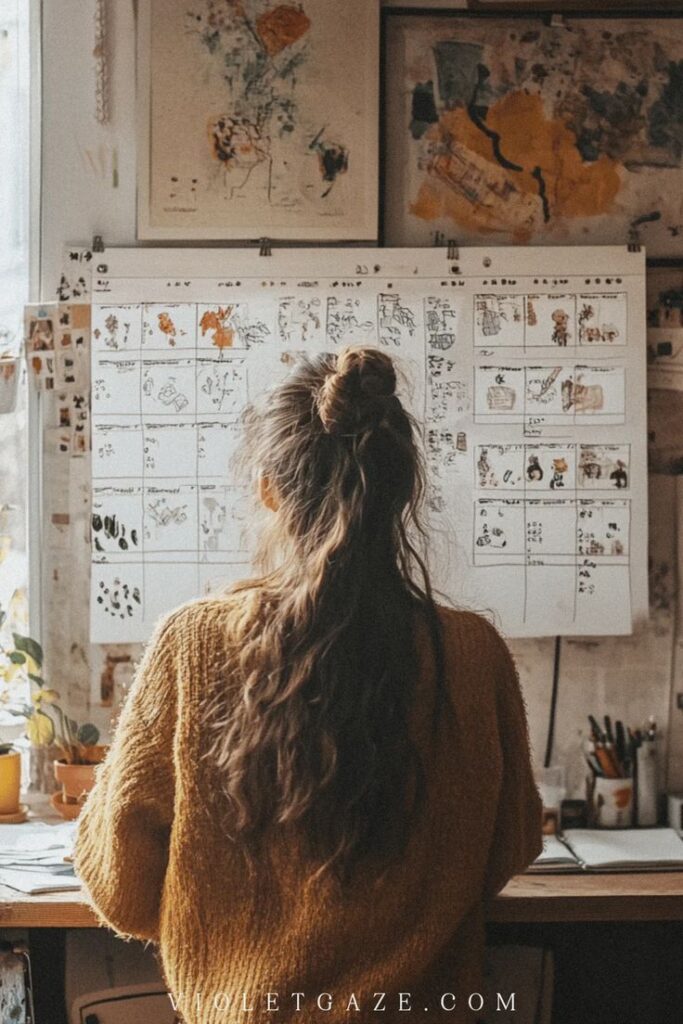

Every artist dreams of leaving an indelible mark, a visual signature that speaks volumes without uttering a single word. This distinctive mark is their artstyle. For professional artists, cultivating a unique artstyle is not merely an aesthetic pursuit; it is a strategic imperative, a cornerstone of identity, and the key to forging a memorable connection with an audience. In an increasingly crowded creative landscape, standing out is paramount. Your artstyle is your voice, your brand, and the unique lens through which you interpret the world. It’s a culmination of your experiences, influences, techniques, and innate sensibilities, refined through relentless practice and introspection. This guide will walk you through the multifaceted journey of discovering, nurturing, and solidifying an artstyle that is authentically yours, propelling your career to new heights.
Understanding the Essence of Artstyle
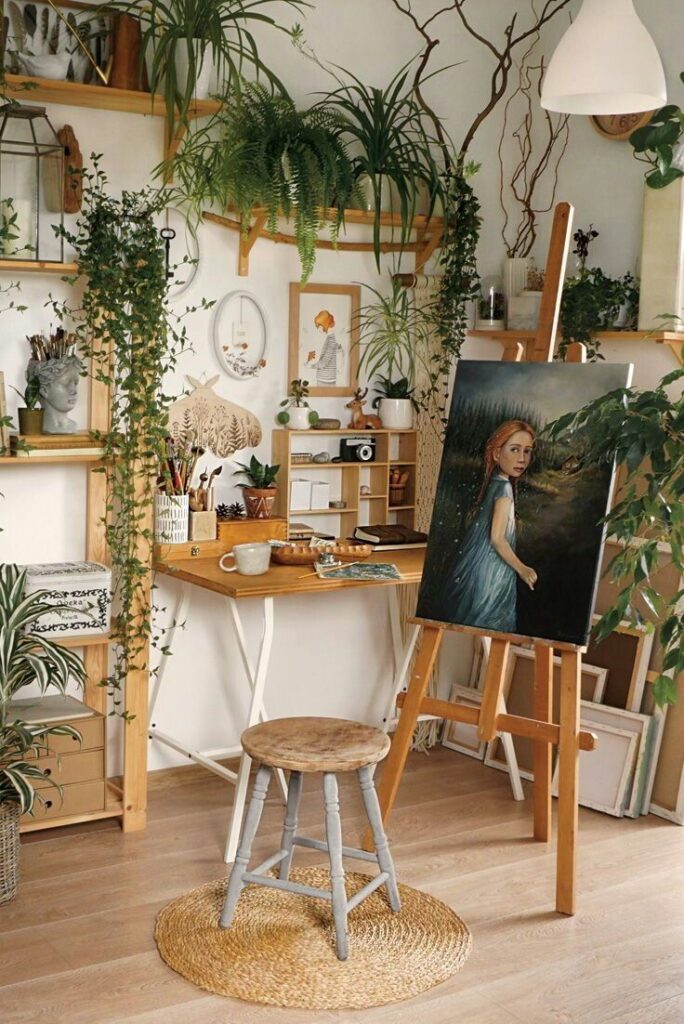

Before delving into cultivation, it’s crucial to grasp what an artstyle truly embodies. It is far more than just a preference for certain colors or subjects. An artstyle is the consistent, recognizable manner in which an artist expresses their vision. It encompasses a multitude of elements that, when combined, create a cohesive and unique visual language.
Consider the foundational components:
- Line Quality: Are your lines sharp and precise, fluid and expressive, or bold and graphic?
- Color Palette: Do you gravitate towards vibrant, saturated hues, muted pastels, or a monochrome scheme? How do you use color to evoke mood and atmosphere?
- Form and Shape: Are your forms realistic, abstract, geometric, or organic? Do you emphasize volume or flatness?
- Texture: How do you represent surfaces? Do you use visible brushstrokes, digital textures, or rely on implied texture through shading?
- Composition: How do you arrange elements within your frame? Do you prefer dynamic layouts, balanced symmetry, or unconventional perspectives?
- Subject Matter and Themes: While not strictly stylistic, recurring subjects or conceptual threads often become part of an artist’s signature.
- Narrative or Emotional Tone: Does your work typically convey joy, introspection, drama, or whimsy?
An artstyle emerges when these elements coalesce into a consistent visual language that is distinctly yours. It’s the visual DNA of your creative output.
Why a Unique Artstyle is Indispensable for Professionals
For professional artists, a unique artstyle is not a luxury; it’s a necessity for sustained success and recognition. It serves several critical functions:
Establishes Brand Identity
In the professional realm, your art is your business. A distinctive artstyle acts as your brand logo, instantly identifying your work. It creates a cohesive portfolio that clients and collectors can easily recognize and remember. Think of iconic artists throughout history; their styles are inseparable from their names, a testament to the power of a strong artistic identity.
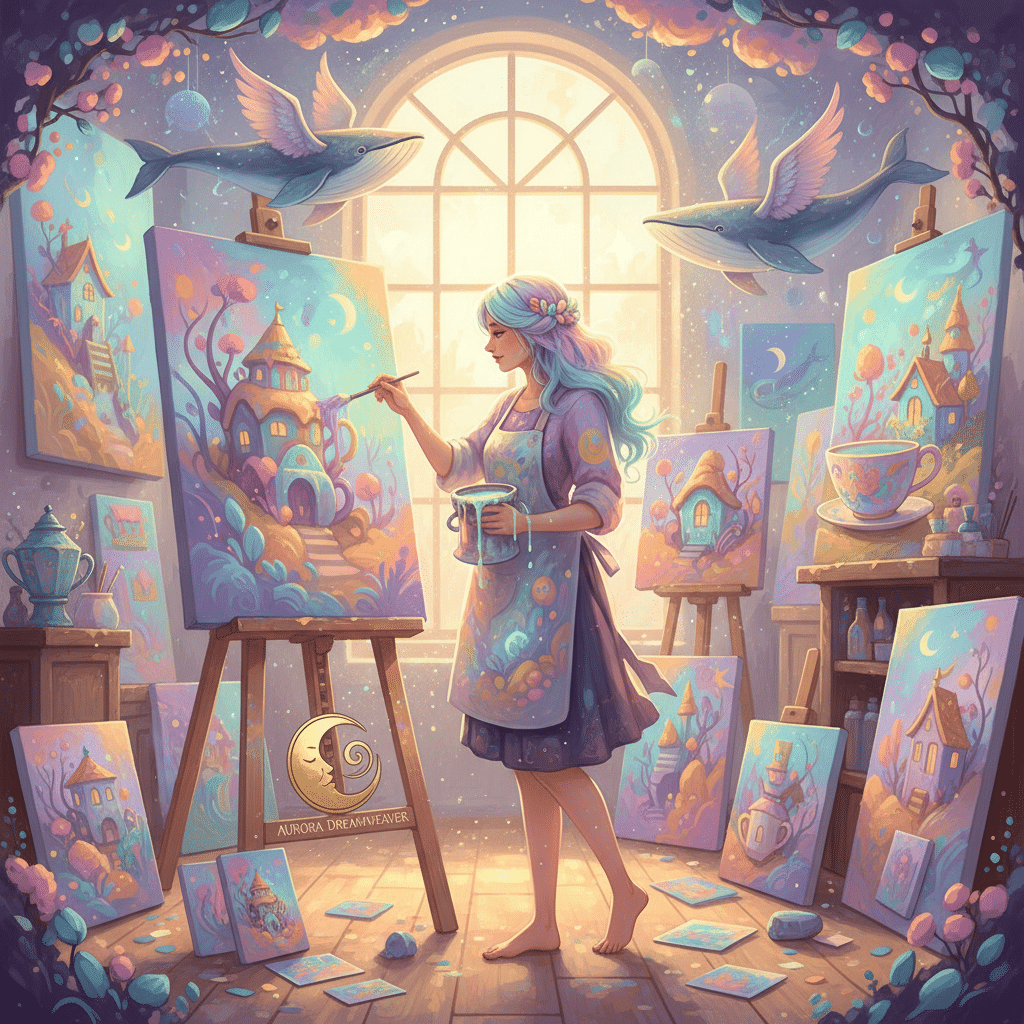

Fosters Recognition and Marketability
In a competitive market, a unique style helps you stand out. When potential clients or galleries encounter your work, a strong artstyle makes it memorable. This recognition translates directly into marketability, as people seek out artists who offer something fresh and distinct. It becomes easier to attract the right audience who genuinely connect with your aesthetic.
Builds Trust and Consistency
Clients and collectors value consistency. A defined artstyle assures them that they know what to expect from your work, both in quality and aesthetic. This builds trust and encourages repeat engagements or purchases. Imagine commissioning an artist whose style varies wildly; it creates uncertainty. Consistency, however, doesn’t mean stagnation; it means a recognizable thread running through your evolving body of work.
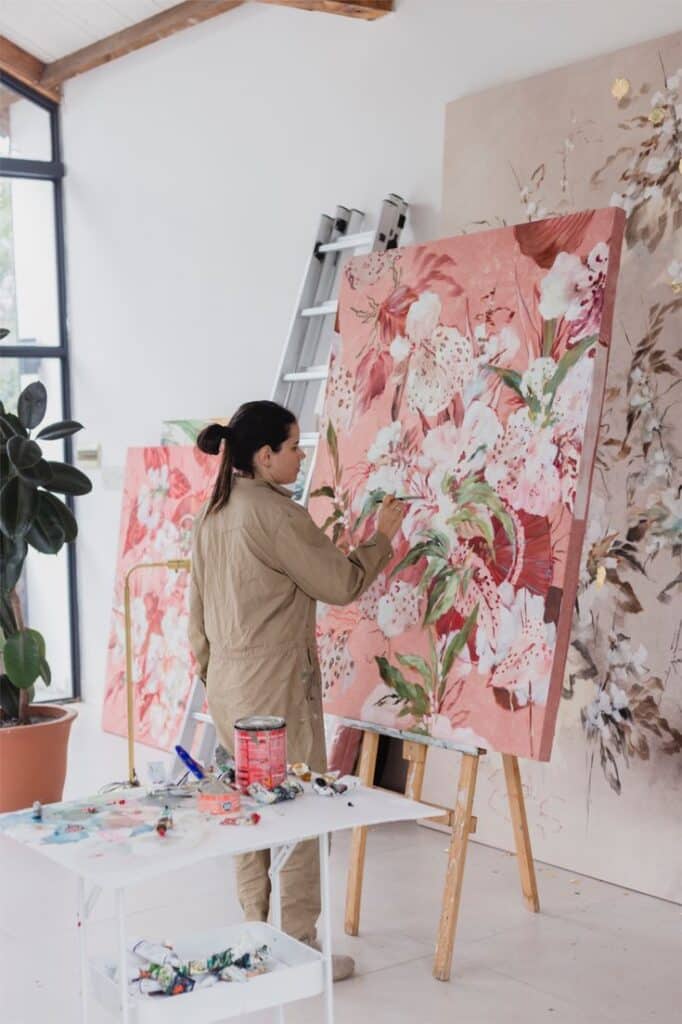

Enhances Creative Fulfillment
Beyond commercial benefits, a unique artstyle is deeply personal. It’s the visual manifestation of your inner world and allows for authentic self-expression. Developing it is a journey of self-discovery, leading to a profound sense of creative satisfaction when your external output truly reflects your internal vision. This alignment between self and art can be incredibly motivating and fulfilling.
Differentiates You in a Crowded Field
The digital age has democratized art creation, leading to an explosion of artists sharing their work online. Platforms like Instagram, ArtStation, and Behance are vibrant but also incredibly dense. A unique artstyle is your most powerful tool to cut through the noise and carve out your niche. It allows you to speak to a specific audience that resonates with your particular visual language, setting you apart from the myriad of artists working in similar genres.
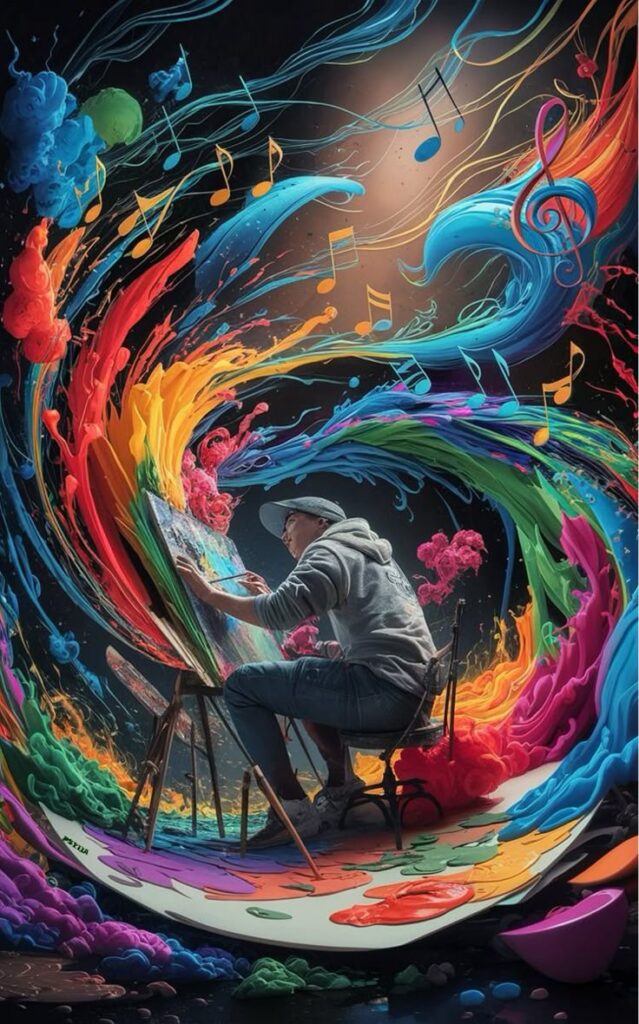
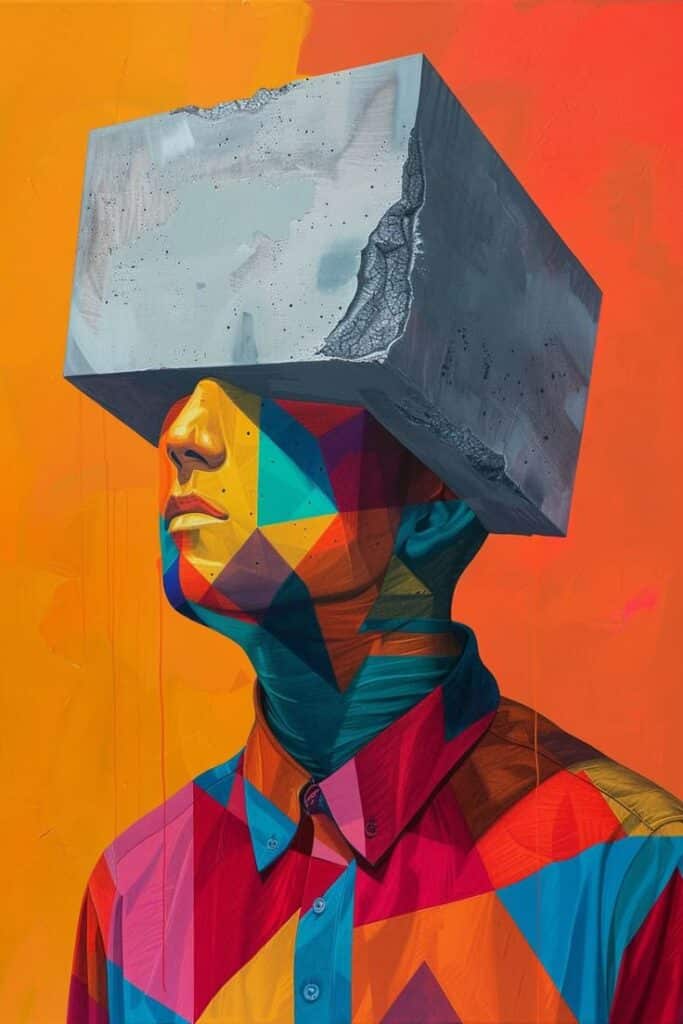
Pros and Cons
| Pros | Cons |
|---|---|
| – Strong brand identity and recognition | – Can feel restrictive if not allowed to evolve |
| – Increased marketability and client appeal | – Requires significant time and effort to develop |
| – Greater creative fulfillment and authenticity | – Risk of pigeonholing by audience expectations |
| – Easier to attract a specific, loyal audience | – Initial struggle to find uniqueness in a sea of influences |
| – Consistent portfolio for professional opportunities | – May limit experimentation with vastly different styles |
The Foundation: Self-Discovery and Exploration
Cultivating a unique artstyle is an iterative process rooted in self-discovery and extensive exploration. It doesn’t happen overnight but is built through deliberate effort and genuine curiosity.
Understanding Your Influences
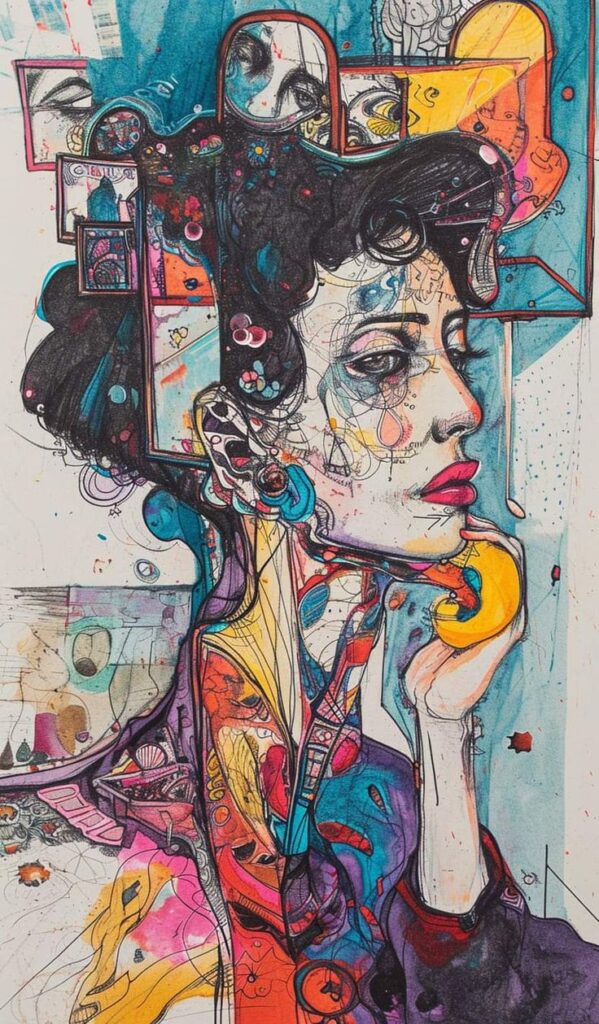
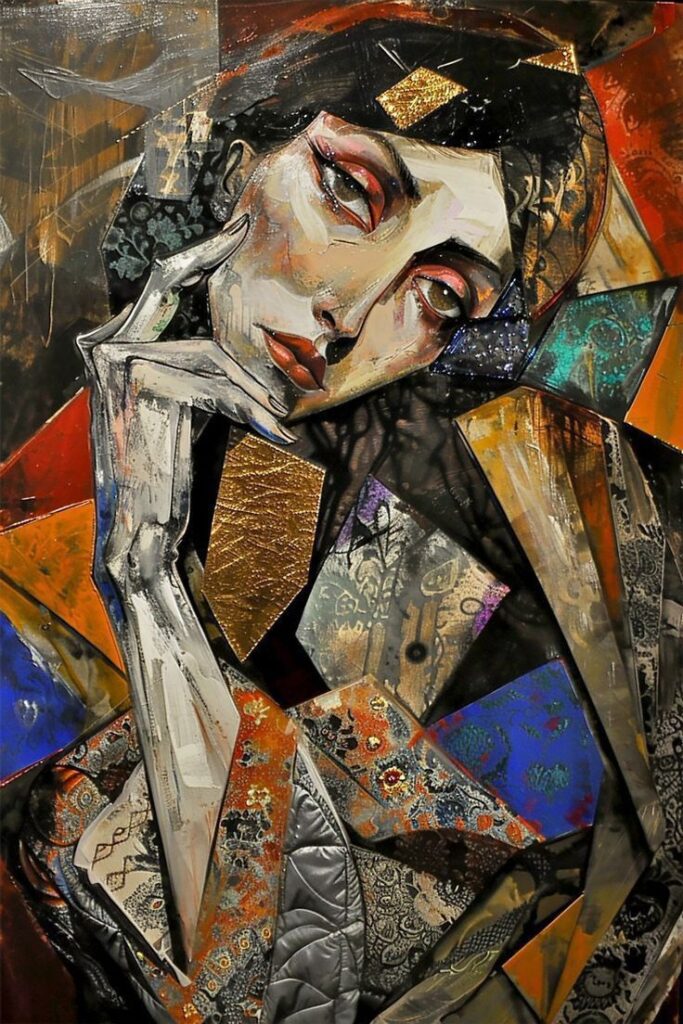
Every artist is a product of their inspirations. Start by deeply analyzing the art that resonates with you. What specific elements draw you in? Is it the vibrant colors of Fauvism, the stark lines of graphic novels, the emotional depth of classical portraiture, or the whimsical narratives of contemporary illustrators? Don’t just admire; dissect.
- Create an “Inspiration Board”: Physically or digitally collect images, photographs, designs, and even non-artistic elements that captivate you. Pinterest aesthetic boards are excellent for this purpose, allowing you to visually categorize and analyze recurring patterns in your preferences.
- Identify Commonalities: Look for themes, color schemes, compositional approaches, or emotional qualities that appear repeatedly across your inspirations. These are clues to your innate aesthetic leanings.
- Beyond Art: Don’t limit your influences to visual art. Consider literature, music, film, fashion, nature, architecture, and even personal experiences. These broader influences enrich your perspective and can subtly inform your artistic voice.
Experimentation with Mediums, Techniques, and Subjects
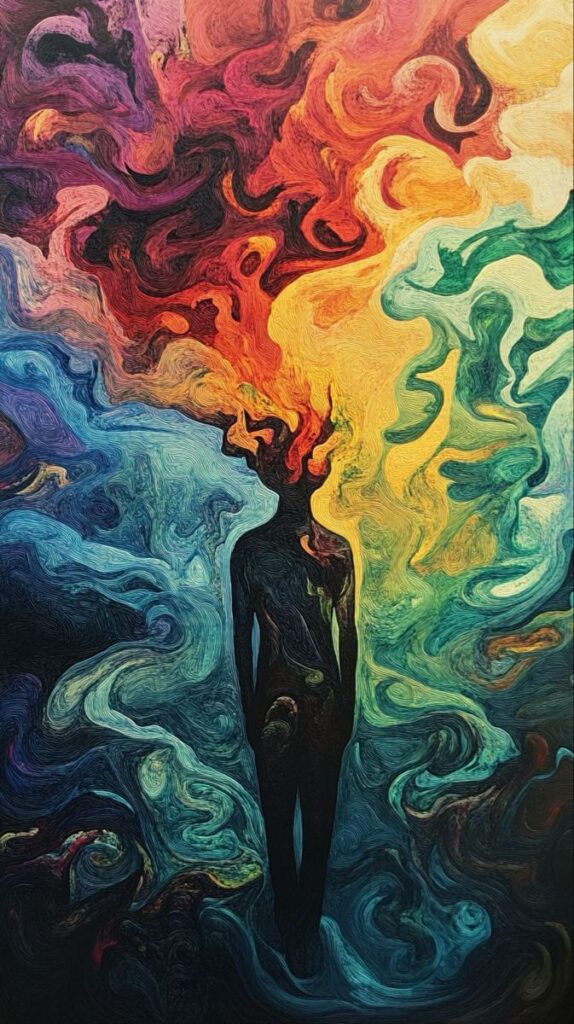

A unique artstyle often emerges from pushing boundaries. Actively experiment outside your comfort zone.
- Diverse Mediums: If you primarily work digitally, try traditional painting, sculpting, or mixed media. If you’re a painter, explore drawing tablet recommendations for digital work. Each medium imposes its own constraints and offers unique possibilities, forcing you to solve problems differently and potentially unlocking new visual solutions. Explore watercolor painting techniques or try ink, charcoal, or even unconventional materials.
- New Techniques: Experiment with different ways of applying paint, drawing lines, or manipulating digital brushes. Try impasto, glazing, pointillism, stippling, linocut, or photobashing. Learn 10 genius drawing hacks every artist should know to expand your technical repertoire.
- Unfamiliar Subjects: If you always draw portraits, try landscapes or abstract forms. If you work with still life, venture into character design. Challenging your subject matter can reveal new approaches to form, color, and composition. This broadens your visual vocabulary and prevents your style from becoming formulaic.
Learning from Masters, Finding Your Voice
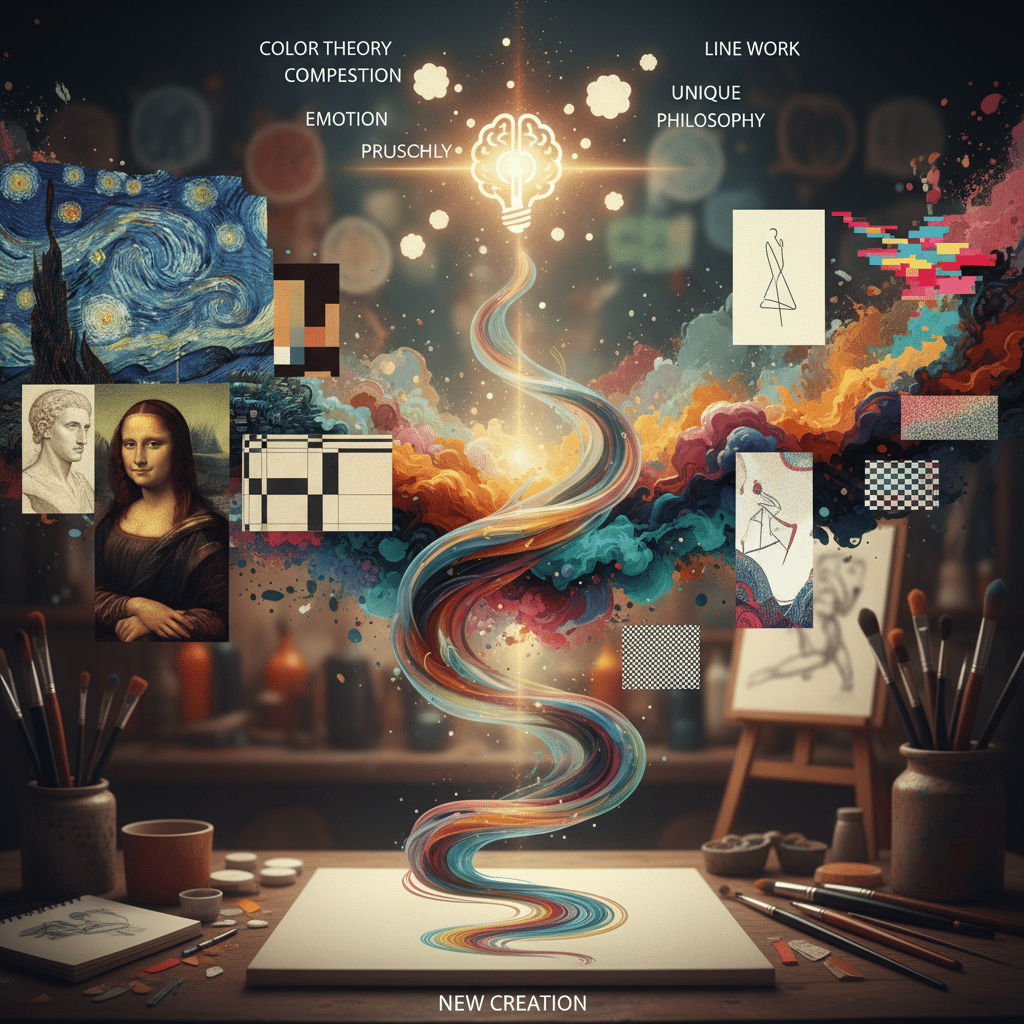
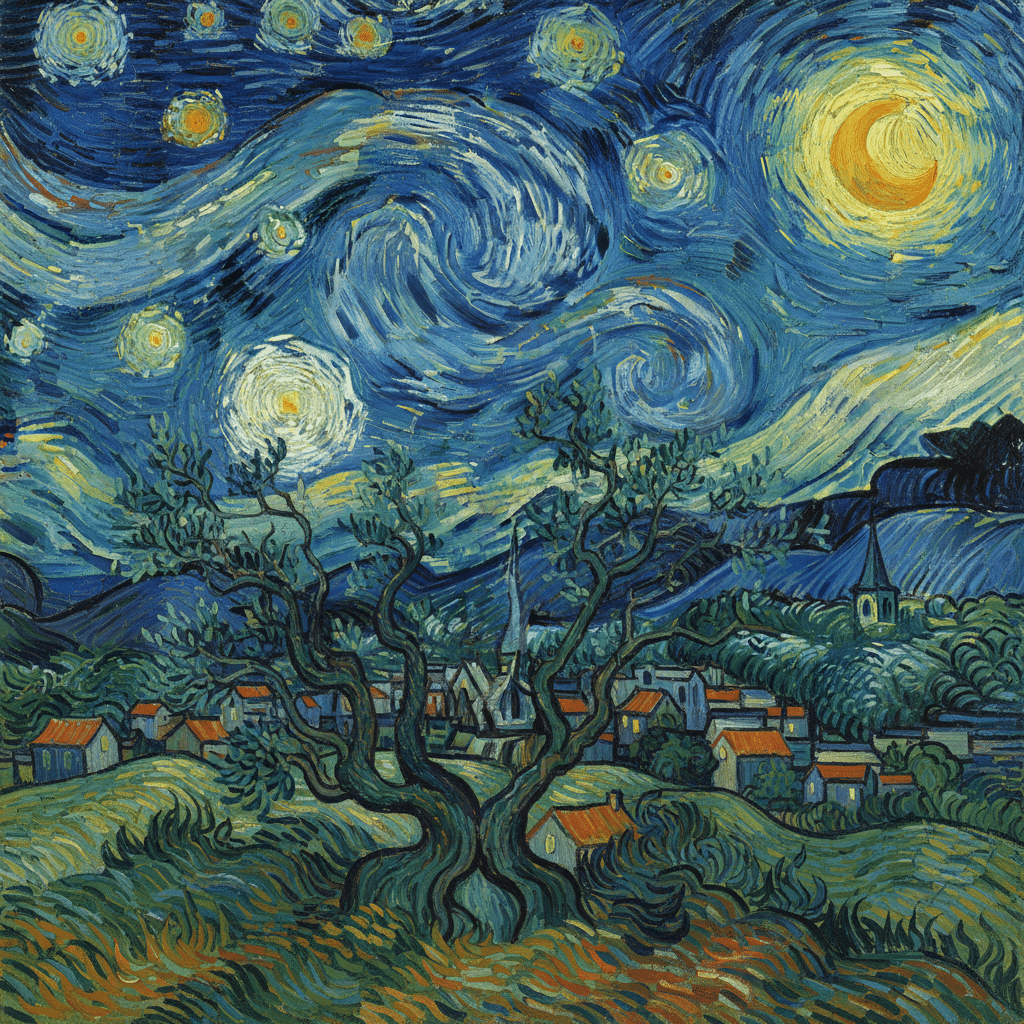
Study the masters – both historical and contemporary. Analyze their work not to copy, but to understand their artistic decisions and philosophies. How did they develop their unique approaches to drawing inspirations? What choices did they make in terms of color, line, and composition to convey their message?
Use this knowledge as a springboard for your own exploration. The goal isn’t to imitate, but to internalize principles and translate them through your unique perspective. Your voice will emerge when you synthesize these learned lessons with your personal experiences and vision.
Deconstructing Your Aesthetic
Once you have a foundation of influences and experimentation, begin to deconstruct and refine your emerging aesthetic.
Color Theory and Palette Choices
Color is an incredibly powerful tool for conveying emotion and establishing mood.
- Personal Palette: Do certain color combinations resonate with you more than others? Do you prefer a limited palette for harmony, or a broad spectrum for dynamism? Consider how different color combinations for design affect the viewer.
- Emotional Impact: Understand how color psychology influences perception. Warm colors like reds and oranges can evoke energy or passion, while cool blues and greens can create calmness or melancholy. Your consistent use of color becomes a hallmark of your style.
- Light and Shadow: How do you use light and shadow to define forms, create depth, and direct the viewer’s eye? Do you favor high contrast, subtle gradations, or a flat, graphic approach?

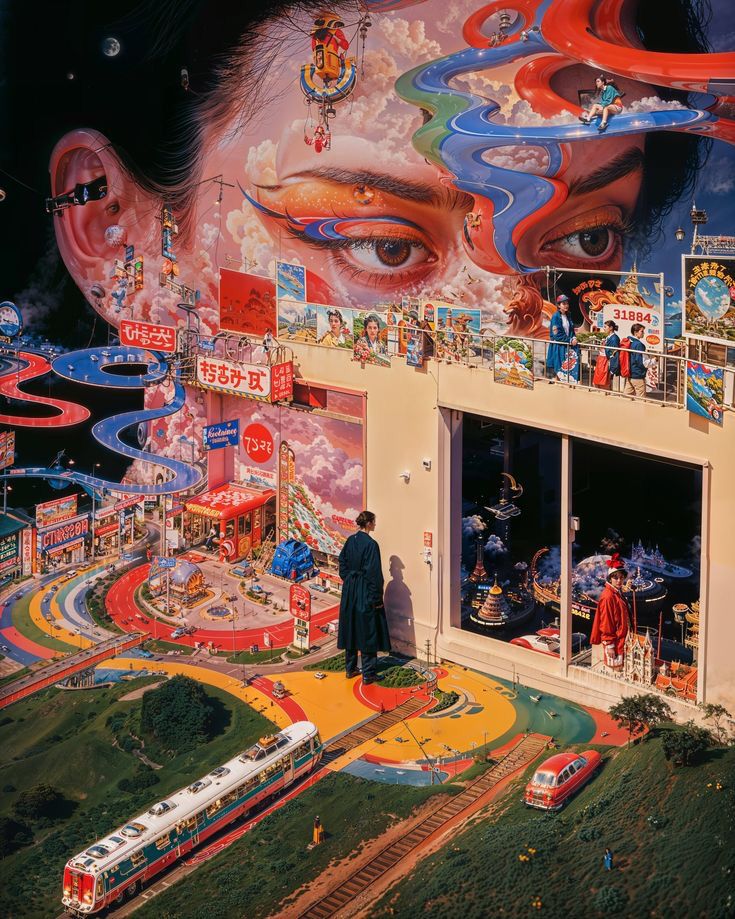
Line Work, Brushstrokes, and Textures
These are often the most immediate identifiers of an artist’s hand.
- Signature Lines: Are your lines delicate or heavy, jagged or smooth, continuous or broken? Do you use outlines or rely on values to define forms?
- Expressive Brushwork: For painters, brushstrokes can be as unique as a fingerprint. Do you favor visible, energetic strokes, or a smooth, blended finish?
- Tactile Textures: How do you imply texture? Do you use cross-hatching, stippling, digital brushes, or collage elements? The consistency in these tactile qualities contributes significantly to your style.


Composition and Form
The way you arrange elements and render forms shapes the entire narrative of your piece.
- Dynamic vs. Static: Do you prefer compositions that lead the eye through a vibrant journey, or those that evoke a sense of quiet stillness?
- Figurative vs. Abstract: Do you work with realistic representations, stylized forms, or purely abstract shapes? How do you distort, simplify, or exaggerate reality?
- Perspective and Depth: Do you use traditional linear perspective, atmospheric perspective, or a flattened, graphic space? Your consistent approach to these elements builds your visual signature.
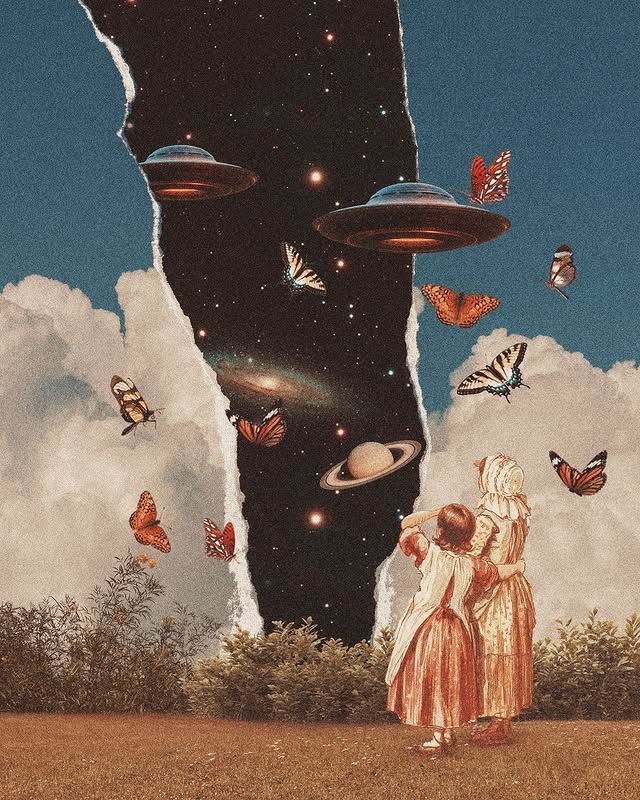

Narrative and Thematic Elements
While an artstyle is primarily visual, the underlying narrative or recurring themes also contribute to its uniqueness.
- Storytelling Through Art: Does your work tell a specific story, or does it evoke a feeling or an idea? How do you use visual cues to convey drawing 10 emotions: convey mood through art?
- Recurring Motifs: Do certain symbols, objects, or patterns appear repeatedly in your work? These can become recognizable elements of your personal mythology.
- Conceptual Depth: A unique artstyle often carries a deeper conceptual layer. What ideas, questions, or commentaries are you exploring through your art? This intellectual underpinning gives your work substance beyond mere aesthetics.
The Role of Practice and Consistency
Cultivating a unique artstyle is not a passive activity; it demands diligent, consistent practice.
Daily Exercises and Studies
Dedicate time each day to focused practice. This doesn’t always mean creating finished pieces.
- Sketching: Carry a sketchbook and draw constantly. Sketch from observation, imagination, and photographs. This builds visual memory and muscle memory.
- Master Studies: Copying sections of masterworks helps you understand how other artists approached composition, color, and form.
- Technical Drills: Practice specific skills: drawing perfect circles, straight lines, rendering textures, or executing particular brushstrokes. These drills build the technical proficiency that allows your unique vision to flow unimpeded.


Developing Muscle Memory and Intuition
Repetition is key to developing muscle memory. The more you draw, paint, or sculpt, the more intuitive your creative process becomes. Your hand begins to “think” with your mind, executing strokes and forms almost automatically. This freedom from conscious effort allows your individual stylistic quirks to emerge naturally. Consistency builds confidence, allowing you to trust your instincts and make bolder artistic choices that reinforce your developing style.
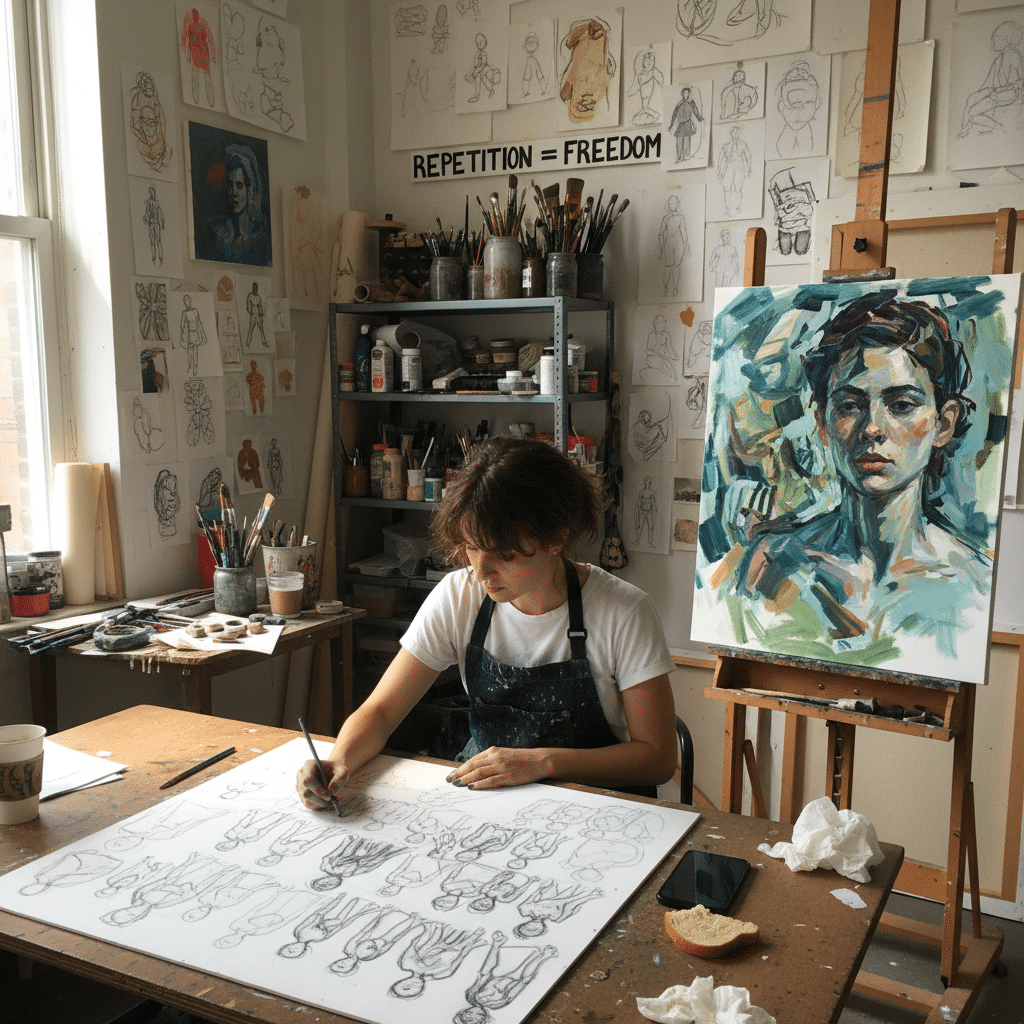
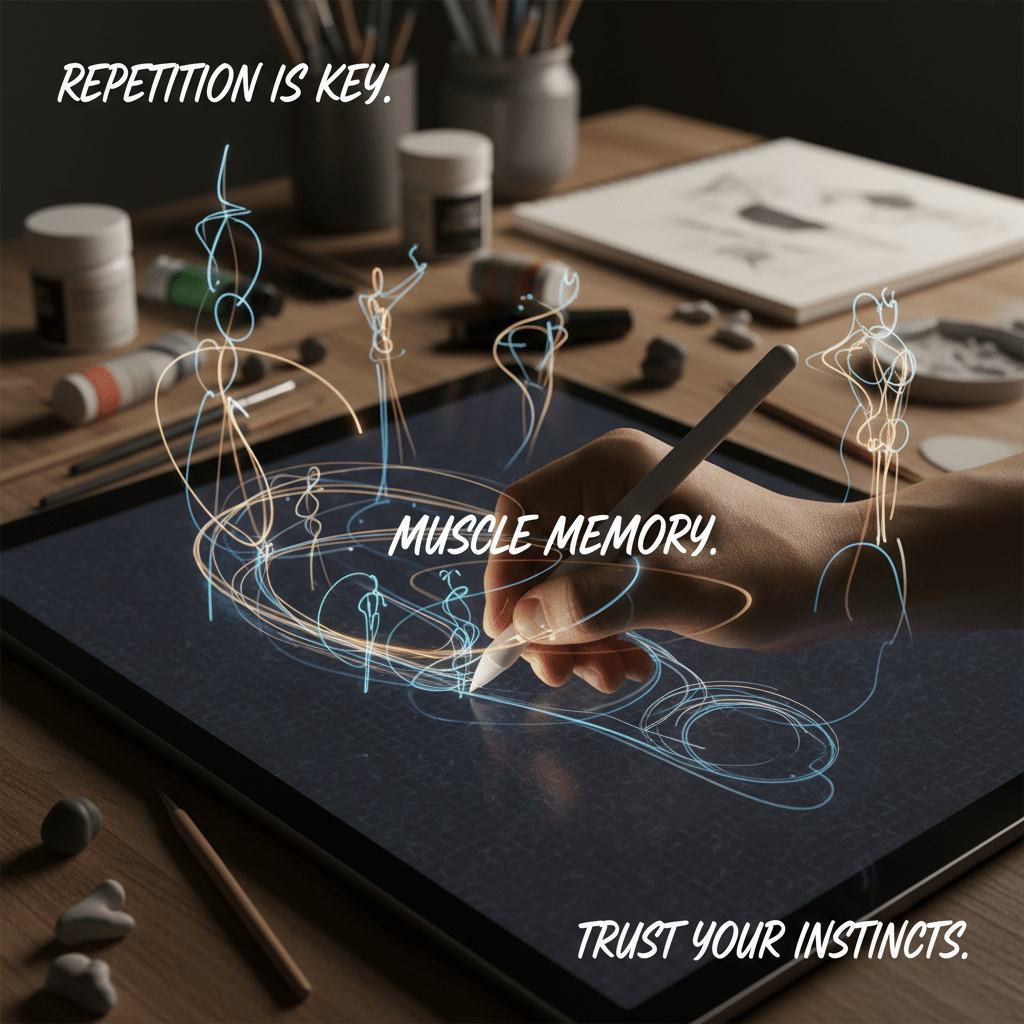
Iterative Process and Refinement
Your artstyle isn’t a static destination; it’s an evolving journey. Each piece you create is an iteration, an opportunity for refinement.
- Review and Analyze: After completing a piece, step back and analyze it objectively. What aspects of your style are strong? What areas need further development?
- Identify Trends: Over time, look for recurring visual motifs, color harmonies, or compositional preferences across your body of work. These are the building blocks of your unique style.
- Embrace Feedback: Actively seek constructive criticism from peers, mentors, or even your audience. Fresh perspectives can highlight elements of your style you might not perceive yourself.
Embracing Imperfection and Evolution
The pursuit of a “perfect” artstyle can be paralyzing. Instead, embrace the journey and the organic evolution of your work.

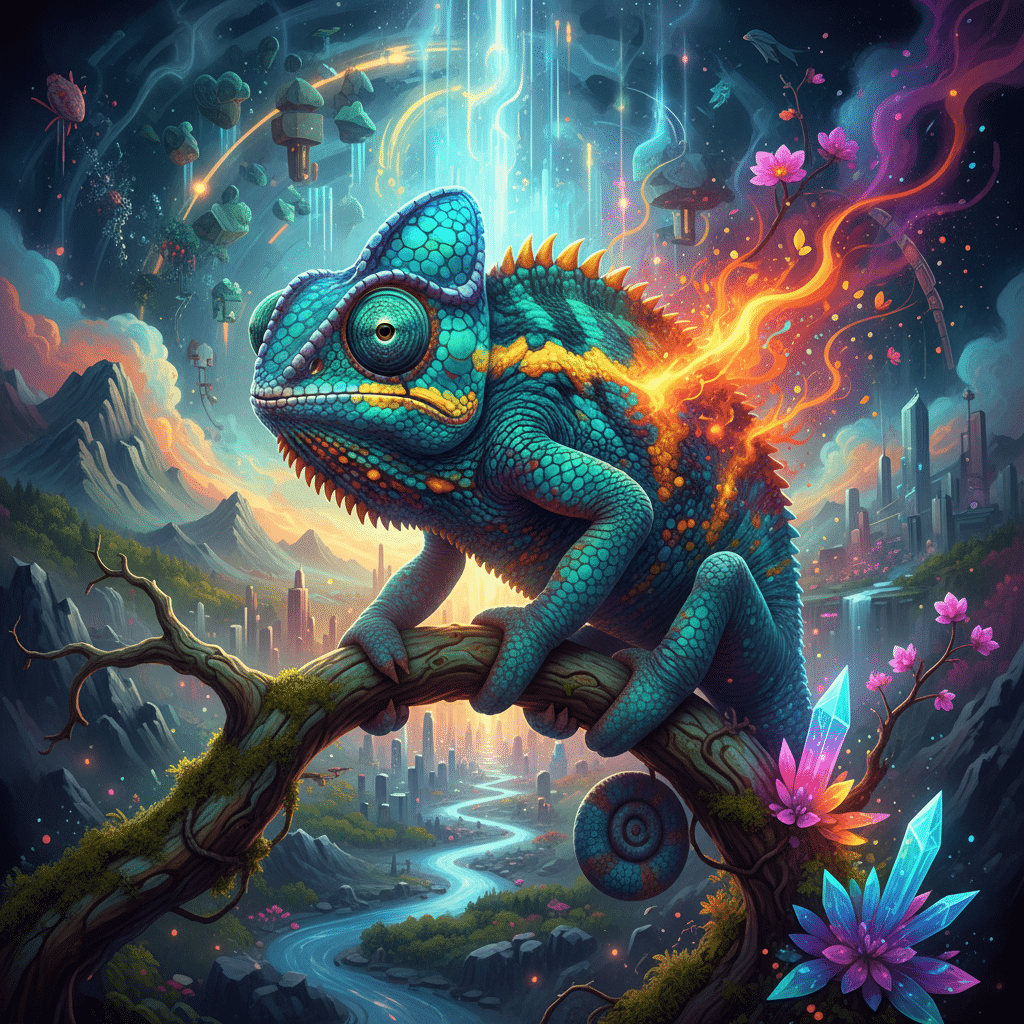
Artstyle is Not Static
Your artstyle will, and should, evolve over time. As you grow as a person and an artist, your experiences, perspectives, and skills will change, naturally influencing your creative output. Trying to force your style to remain rigid will stifle your growth. Allow it to breathe, to adapt, and to mature alongside you. Many renowned artists have distinct periods in their careers, each marked by a subtle or significant shift in style. This evolution is a sign of a vibrant, living practice.
Learning from Mistakes
Mistakes are not failures; they are learning opportunities. A “failed” experiment can reveal unexpected techniques or aesthetic avenues. A piece that doesn’t quite work can highlight areas where your technical skill or conceptual clarity needs improvement. Embrace these moments as integral to the refinement of your style.
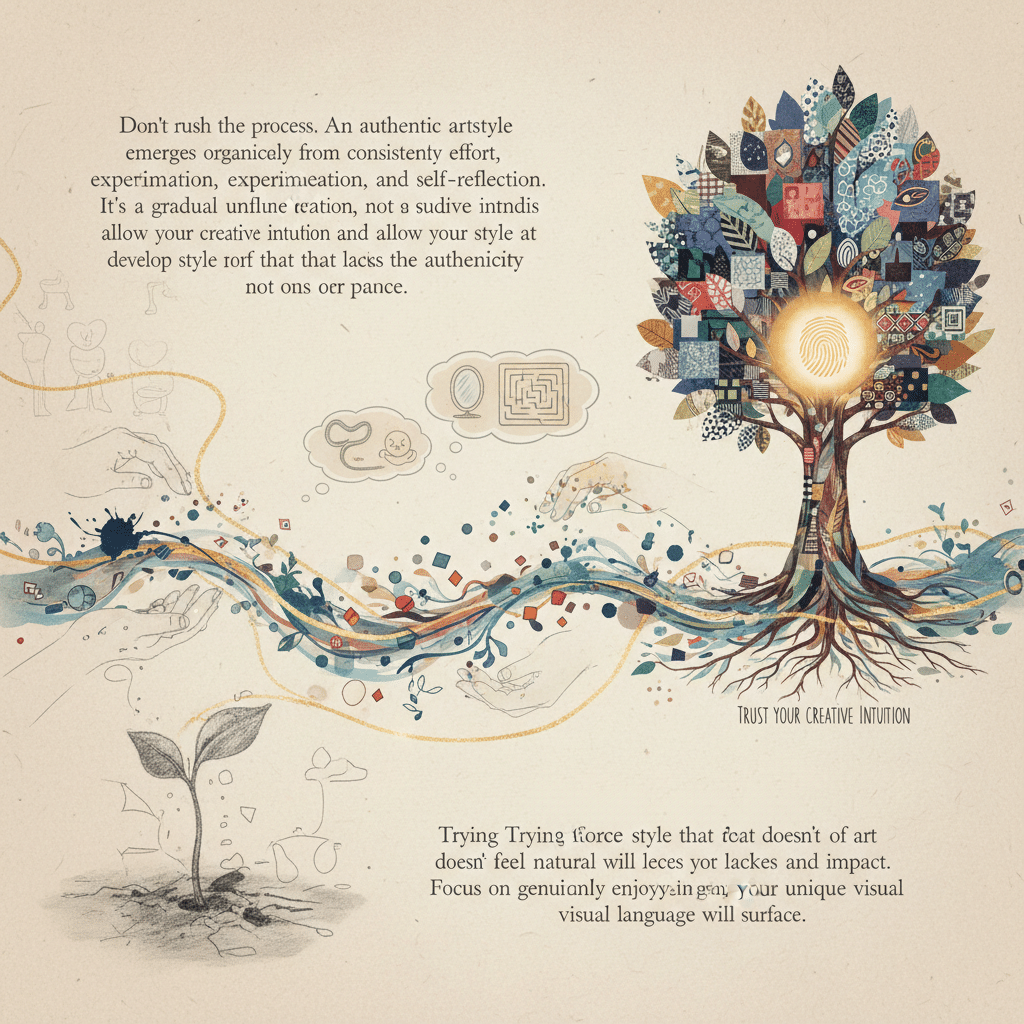
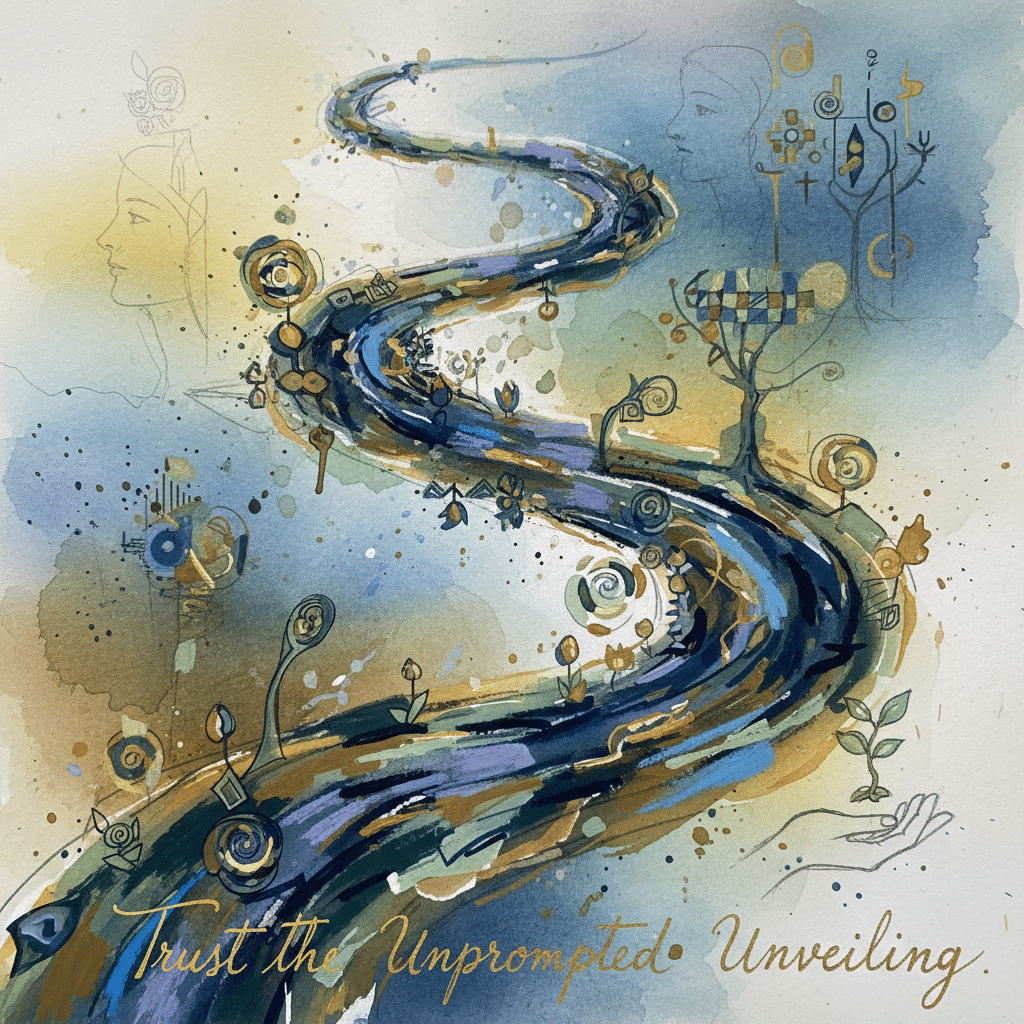
Allowing for Natural Progression
Don’t rush the process. An authentic artstyle emerges organically from consistent effort, experimentation, and self-reflection. It’s a gradual unfolding, not a sudden revelation. Trust your creative intuition and allow your style to develop at its own pace. Trying to force a style that doesn’t feel natural will only lead to art that lacks authenticity and impact. Focus on genuinely enjoying the process of creation, and your unique visual language will surface.
Navigating Influences and Avoiding Imitation
Inspiration is vital, but imitation can be detrimental to cultivating a unique artstyle. The line between the two can sometimes feel blurry.
The Fine Line Between Inspiration and Copying
Inspiration involves absorbing elements from various sources and then synthesizing them into something new, filtering them through your unique perspective. Copying, on the other hand, is replicating someone else’s style or specific work without significant transformation or personal interpretation.
- Deconstruct, Don’t Replicate: When you’re inspired by another artist, try to understand why their work resonates. Is it their use of color, their composition, their character design? Break it down into its components rather than trying to reproduce the whole.
- Combine and Hybridize: Take elements from multiple inspirations and combine them in novel ways. This hybridization is often where true uniqueness emerges. If Artist A uses a distinctive line, and Artist B has a striking color palette, how can you merge these in a way that is distinctly yours?
- Focus on Your Own Vision: Always bring it back to your internal vision. How does this inspiration serve your message or your aesthetic?
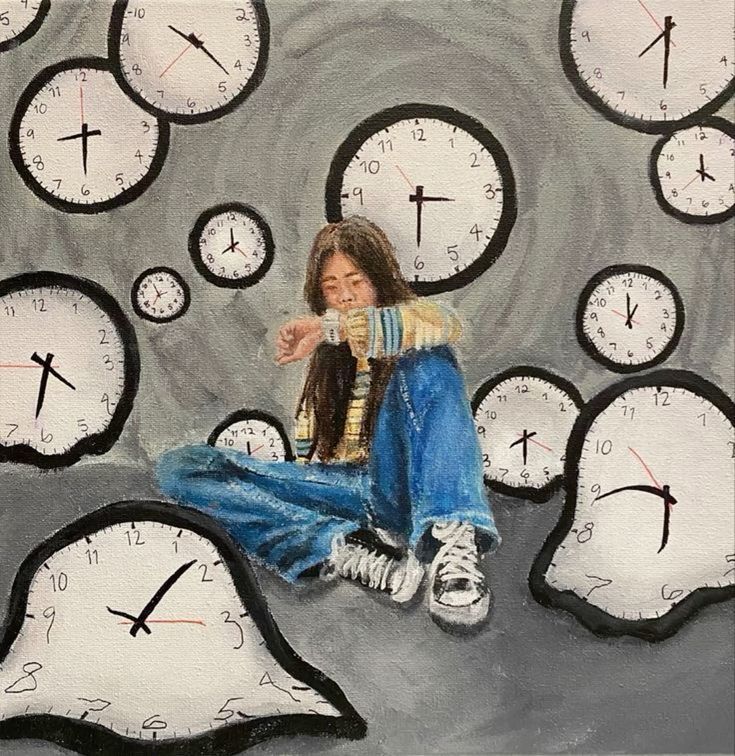

Synthesizing Different Influences into Something New
Think of your mind as a creative blender. You pour in various influences – the color sensibilities of one artist, the compositional principles of another, the textural approaches from a third, combined with your personal experiences and observations – and what emerges is a unique smoothie that no one else could create. This synthesis is the essence of developing originality. It’s about creating conversations between disparate sources within your own artistic voice.
Developing a Critical Eye for Your Work and Others’
Critically evaluate your own work. Does it look too much like Artist X? Is there enough of “you” in it? Also, critically assess the work of others. Understand why an artist’s style works for them, and how it aligns with their personal vision, rather than simply admiring it superficially. This deep analysis sharpens your understanding of style itself.
Feedback and Self-Critique
An outside perspective and an objective internal review are crucial for refining your artstyle.
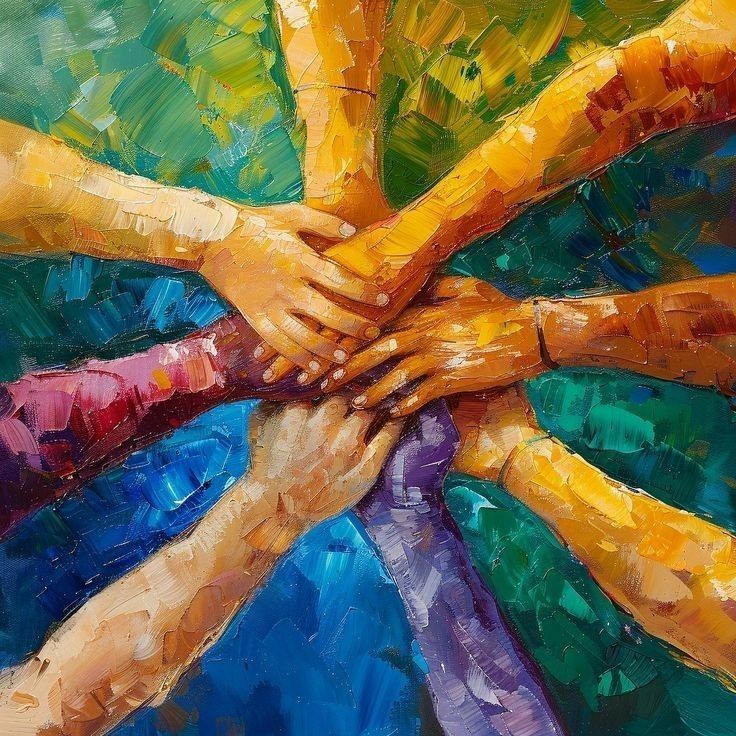
The Importance of Constructive Criticism
Sharing your work and receiving feedback, even when uncomfortable, is invaluable.
- Seek Trusted Sources: Engage with mentors, peers, or art communities where constructive critique is valued. Look for individuals who can offer specific, actionable insights, not just vague praise or criticism.
- Listen Actively: Be open to hearing different perspectives. Understand that feedback is about the work, not a personal attack.
- Filter and Integrate: Not all feedback will be relevant or helpful. Learn to discern what resonates with your vision and helps you grow, and what to politely set aside.
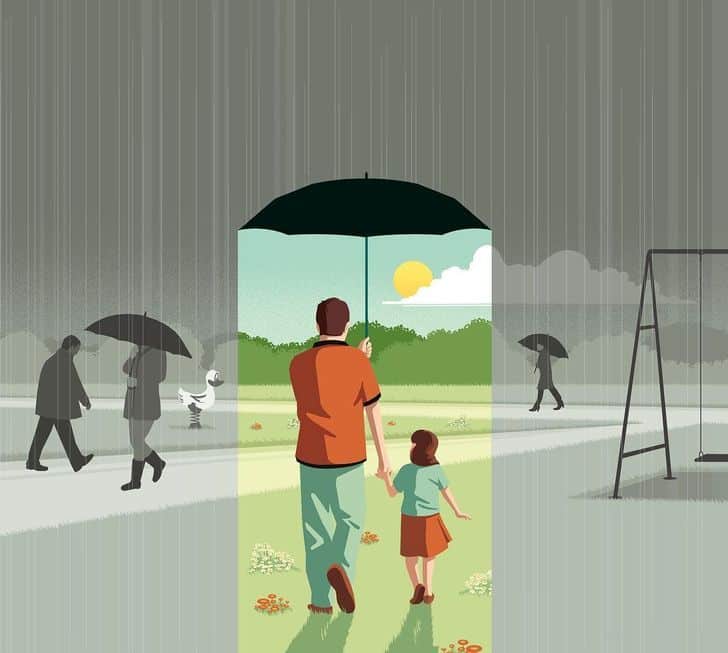
Developing an Objective Perspective on Your Own Work
This is one of the hardest skills for an artist. After spending hours on a piece, it’s easy to lose perspective.
- Step Away: Take breaks from your work. Come back with fresh eyes, perhaps the next day. This distance allows for a more objective assessment.
- Flip or Mirror: Viewing your work upside down or mirrored can reveal compositional flaws or imbalances you might miss otherwise.
- Compare and Contrast: Look at your current work alongside older pieces. Where have you grown? What stylistic elements are consistent?
- Ask Specific Questions: Instead of just “Is this good?”, ask “Does the color palette effectively convey the mood I intended?” or “Are the lines consistent with the aesthetic I’m aiming for?”
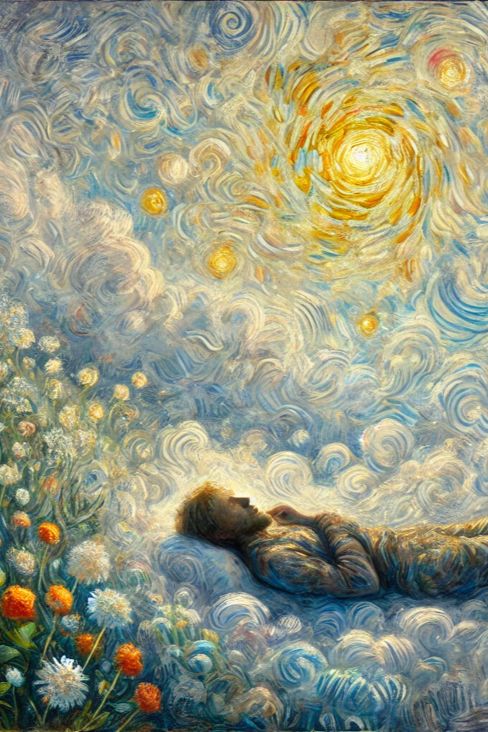

Refining Your Vision Based on Insights
Use the insights gained from self-critique and external feedback to make deliberate choices about your artstyle. This isn’t about conforming to others’ expectations, but about honing your unique vision with greater clarity and intention. It’s a dynamic process of adjustment, where you continuously refine what makes your art yours.
Marketing Your Unique Artstyle
Once you’ve cultivated a distinct artstyle, it’s time to share it strategically with the world.
Building a Portfolio
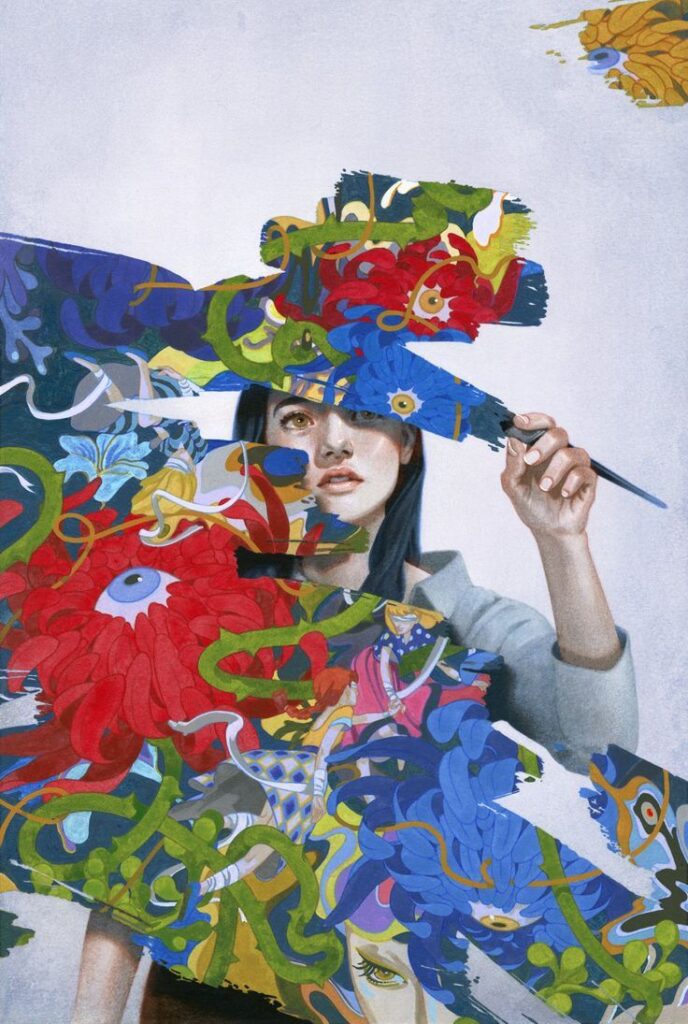
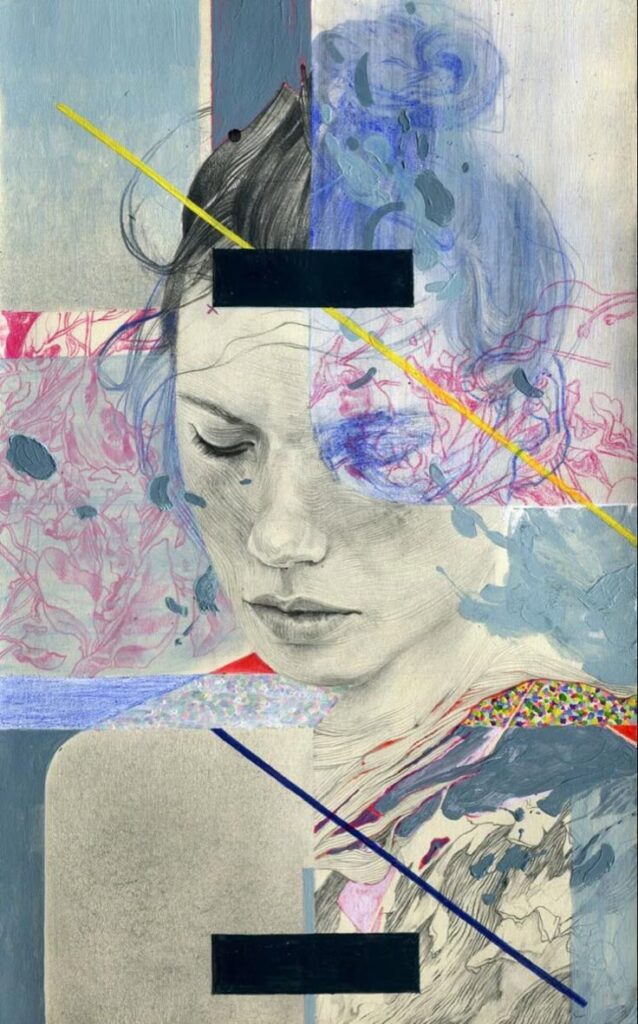
Your portfolio is the showcase of your unique artstyle.
- Curate Carefully: Select only your strongest pieces that best represent your distinctive style. Quality over quantity.
- Consistency is Key: Ensure the portfolio demonstrates a cohesive style, even if it shows evolution. A prospective client wants to know what they can expect from you.
- Online and Offline: Maintain a professional online portfolio (website, ArtStation, Behance) and a physical one for in-person meetings.
Online Presence and Social Media


The internet is your most powerful tool for reaching a global audience.
- Choose Platforms Wisely: Focus on platforms where your target audience spends time (e.g., Instagram for visual artists, LinkedIn for corporate clients).
- Consistent Branding: Use your unique style consistently across all platforms – profile pictures, banners, and of course, your art itself.
- Engage and Share: Don’t just post; interact with your audience, share your process, and offer insights into your creative journey. This builds community and personal connection.
Networking and Collaboration
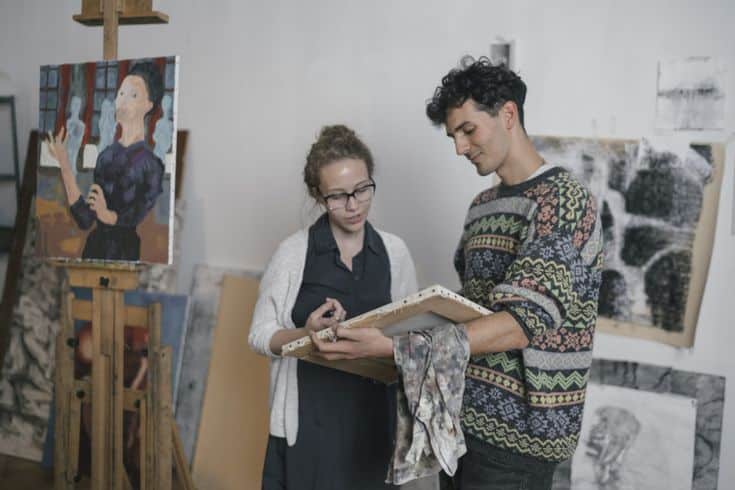
Connecting with other artists and professionals can open doors and expose your style to new audiences.
- Art Events: Attend gallery openings, art fairs, and conventions.
- Online Communities: Participate in artist forums and groups.
- Collaborate: Working with other artists or creative professionals can challenge you, spark new ideas, and expose your work to their audience. This can be a fantastic way to develop your style further by seeing it interact with others’.
Branding Yourself as an Artist
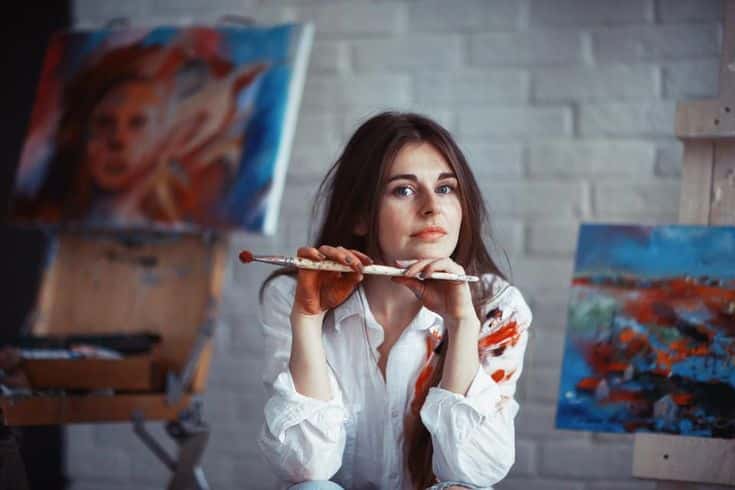
Your artstyle is a core component of your personal brand.
- Artist Statement: Develop a concise artist statement that articulates your vision, influences, and the core message of your work.
- Visual Identity: Consider a logo or consistent typography for your website and marketing materials that complements your artstyle.
- Consistency: Every interaction, from your email signature to your exhibition materials, should reflect your professional and artistic brand. This holistic approach reinforces your unique presence in the art world.
Overcoming Challenges
The path to cultivating a unique artstyle is rarely smooth. Artists frequently encounter roadblocks.
Creative Blocks

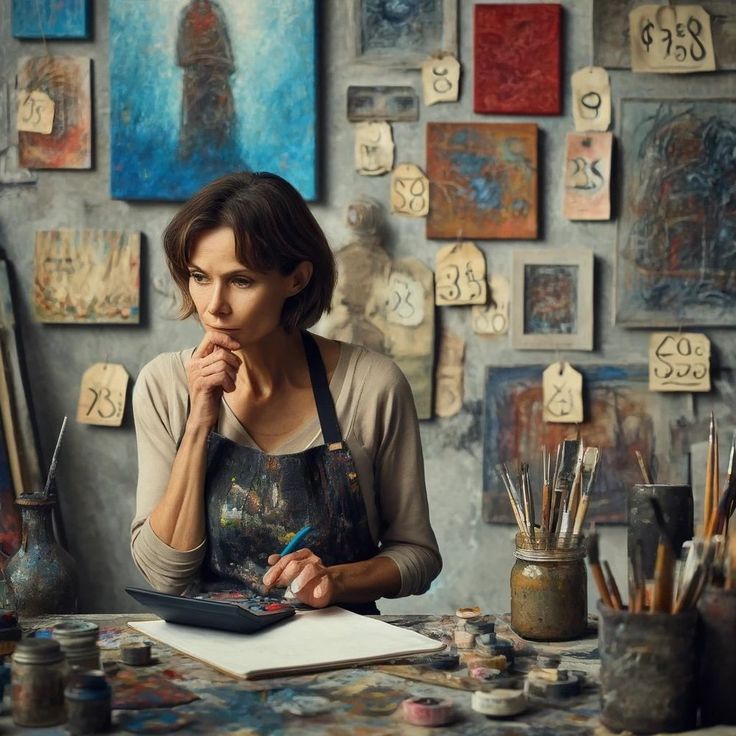
Every artist experiences periods where inspiration seems to vanish.
- Change of Scenery: Step away from your workspace. Visit a museum, go for a walk in nature, or explore new environments.
- Experimentation: Revisit the idea of experimentation. Try a completely different medium, a new subject, or a random technique. Sometimes breaking routine is all it takes to jolt creativity.
- Low-Stakes Play: Create purely for enjoyment, without the pressure of a finished product or professional outcome. Doodle, sketch, or just play with colors.
- Revisit Inspirations: Look through your inspiration boards or art books. Sometimes a forgotten image can spark a new idea or approach. For instance, revisiting various drawing inspiration: unleashing your creative process can be a powerful catalyst.
Self-Doubt and Imposter Syndrome

It’s common to compare your work to others’ and feel inadequate, especially in the early stages of developing your style.
- Focus on Your Journey: Remember that every artist, no matter how successful, started somewhere. Their journey is not yours.
- Celebrate Small Wins: Acknowledge your progress, however incremental.
- Seek Support: Talk to fellow artists or mentors who understand these feelings. Knowing you’re not alone can be incredibly reassuring.
- Remind Yourself of Your Purpose: Reconnect with why you create art. What message do you want to convey? This intrinsic motivation can help overcome external pressures and internal criticisms.
Market Pressures

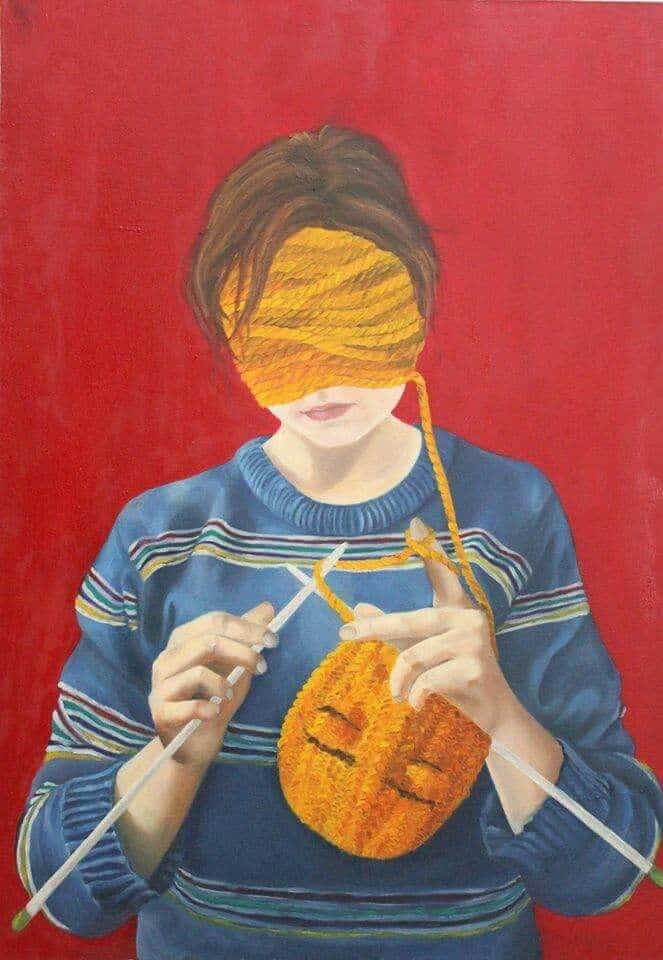
The desire to create art that sells can sometimes conflict with the pursuit of an authentic, unique style.
- Stay True to Your Vision: While understanding market trends is important, chasing every popular aesthetic will dilute your unique voice. Authenticity is a long-term asset.
- Educate Your Audience: Your unique style might take time to gain traction. Be prepared to articulate its value and appeal to potential clients.
- Balance Commercial and Personal Work: Dedicate a portion of your time to purely personal projects that allow you to explore and refine your style without commercial constraints. This keeps your creative wellspring full and authentic.
Cultivating a unique artstyle is an ongoing adventure, a dynamic dialogue between your inner world and the external canvas. It demands patience, persistence, and an unwavering commitment to your authentic self. It’s a process of deep self-reflection, relentless experimentation, and continuous refinement. Your artstyle is your legacy, the distinct melody you contribute to the grand symphony of human creativity. Embrace the journey, trust your instincts, and allow your unique vision to shine brightly, captivating audiences and defining your enduring presence in the professional art world.
The ultimate goal is not to arrive at a fixed point, but to continuously grow, evolve, and deepen your understanding of your own creative language. Your unique artstyle will be the testament to this lifelong artistic exploration. Keep creating, keep questioning, and keep refining the visual symphony that only you can compose.
- 0shares
- Facebook0
- Pinterest0
- Twitter0

